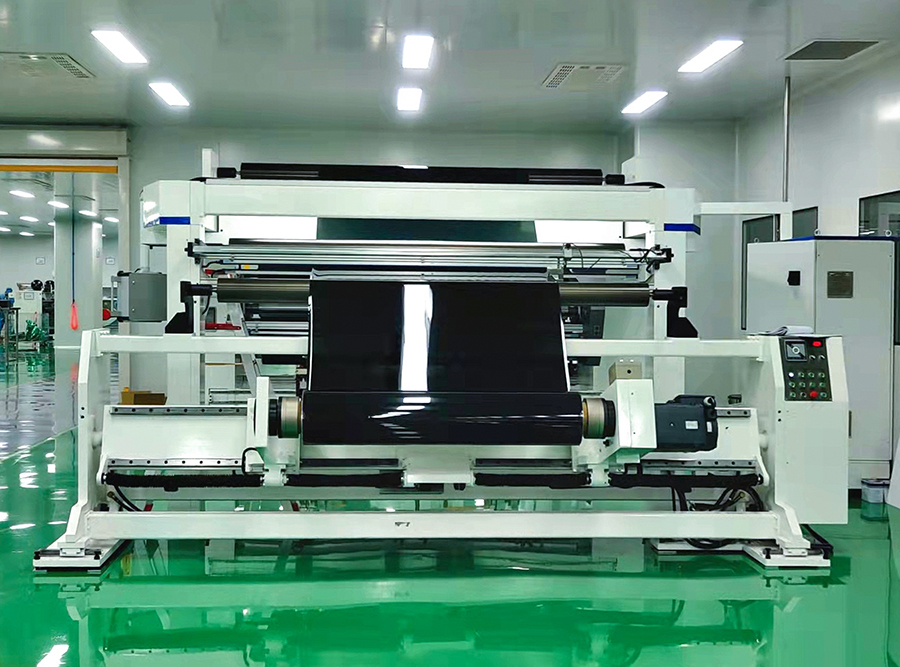
Tension control systems are crucial in preventing defects during the slitting and rewinding process in slitter rewinder machines. Here’s how they contribute:
Maintaining Consistent Tension: Tension control systems ensure that the material is kept under consistent tension throughout the slitting and rewinding process. This consistency is vital for achieving accurate cuts and preventing issues like wrinkles, stretching, or tearing.
Preventing Material Defects: Proper tension helps to avoid defects such as uneven edges, misalignment, or material distortion. Without adequate tension control, the material could shift or stretch unevenly, leading to defects in the finished product.
Reducing Slitting Errors: Tension control systems help to ensure that the material remains properly aligned as it passes through the slitter blades. This alignment is critical for precise cutting and prevents issues such as uneven slitting or blade chatter.
Avoiding Roll Set-off: During rewinding, inconsistent tension can cause rolls to set off or create uneven roll diameters. Tension control systems help to maintain a consistent winding pressure, which results in evenly wound rolls and reduces the likelihood of set-off.
Minimizing Web Breakage: Proper tension management reduces the risk of web breakage, which can occur if the material is too tight or too loose. Web breaks can cause significant disruptions in the production process and result in material waste.

Enhancing Operational Efficiency: By maintaining the correct tension, the system reduces the need for manual adjustments and minimizes downtime due to material handling issues. This leads to more efficient operation and less frequent machine stoppages.
Ensuring Uniform Roll Quality: Tension control systems help achieve uniform roll quality by preventing defects like uneven winding or bulges. This uniformity is important for the consistency and quality of the final product.
Compensating for Material Variability: Materials can have inherent variability in thickness or stiffness. Tension control systems can adjust for these variations to ensure consistent performance and quality throughout the slitting and rewinding process.
Improving Blade Life: Proper tension helps to reduce the strain on blades and other cutting components, which can extend their operational life and maintain cutting precision.
Facilitating Automation: Advanced tension control systems can be integrated with automated processes and sensors to continuously monitor and adjust tension in real-time, further improving accuracy and efficiency.
Tension control systems are essential for maintaining the quality and precision of slitting and rewinding operations by managing material tension and preventing a range of defects and operational issues.